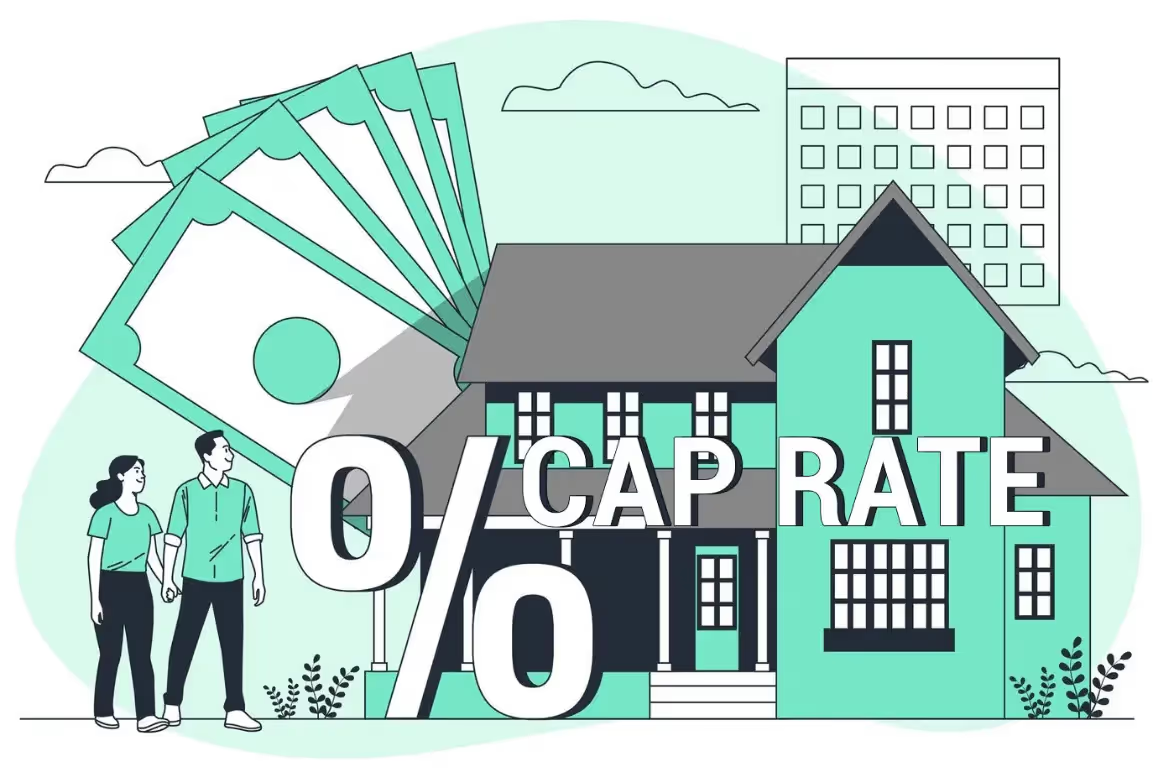Welcome to our Real Estate Investor Accounting Software, where we empower investors with the tools they need to thrive. Today, let's delve into the world of Capitalization Rates (Cap Rates), a critical metric for real estate investors. Understand what Cap Rates are, how to calculate them, what constitutes a good Cap Rate, explore metro-level average Cap Rates, and gain insights into the impact of macroeconomic factors on this key investment indicator.

Capitalization Rate, or Cap Rate, is a fundamental metric used by real estate investors to assess the potential return on an investment property. It represents the rate of return on a property based on its current income and market value.
Want to know your property's cap rate? Create your Free Rentastic account and try out the Find out!
.avif)
A good Cap Rate varies depending on factors such as property type, location, and investor goals. Generally, investors seek Cap Rates that align with their investment objectives, with higher Cap Rates often associated with higher-risk properties and potentially higher returns.
Understanding how these macroeconomic factors interact with Cap Rates is crucial for making informed investment decisions. Investors should analyze trends, conduct due diligence, and adapt strategies based on changing economic conditions.